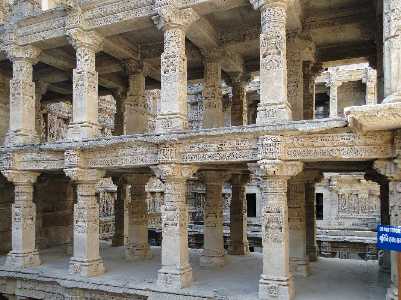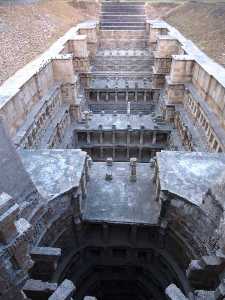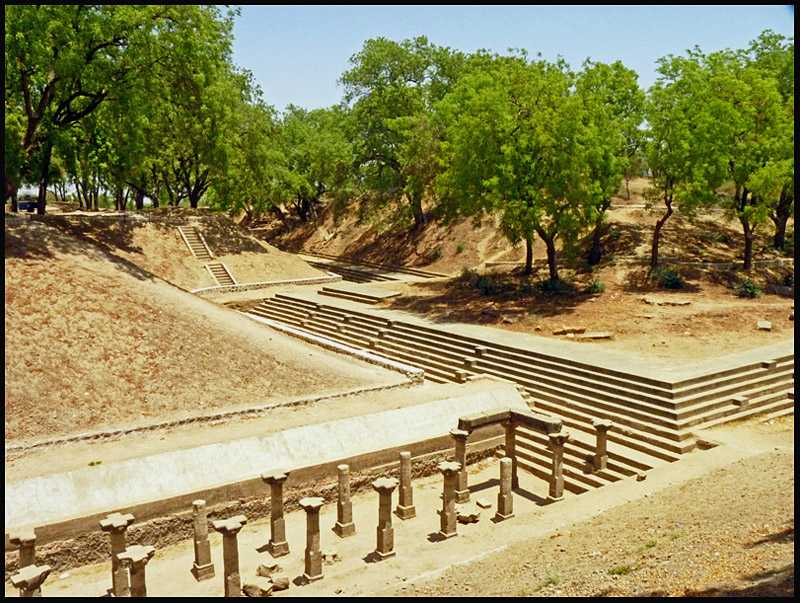| Lok Sabha Constituencies in Patan district, Gujarat (MP Constituencies) | Patan |
| MLA Assembly Constituencies in Patan district, Gujarat | Radhanpur Chanasma Patan Sidhpur |
About the District :
Patan District was formed on 2-10-97 from the parts of Mahesana and Banashantha Districts. Patan District was formed including Patan, Siddhapur, Chanasma, Harij and Sami Talukas of Mahesana district and Radhanpur and Santalpur Talukas of Banaskantha District. The head quarter of the District is Patan.
Patan district comprises Nine talukas: Patan, Santalpur, Radhanpur, Siddhpur, Harij, Sami, Chanasma, Saraswati and Sankheshwar. Patan District is situated between 20° 41′ to 23° 55′ north latitudes and east longitude of 71° 31′ to 72° 20′. The area of Patan District is 5600 sq. k.m. In the north and north-west borders there is Banaskantha District and in the west there is the border of Kutch district. In the south and south-east there is Desert of Kutch and some part of Surendranagar District. Besides this, there is Mahesana District situated in the east part of Patan
District at a Glance :
- District –
- Headquarters –
- State
- Total –
- Rural –
- Urban –
- Population –
- Rural –
- Urban –
- Male –
- Female –
- Sex Ratio (Females per 1000 males) –
- Density (Total, Persons per sq km) –
- Assembly
- Loksabha
- Official Website –
Tourist Place :
Rani ki Vav :


Rani ka Vav or ‘Queen’s Stepwell’ is a unique step well located in the small town of Gujarat called Patan. Located on the banks of River Saraswati, it is not only a distinctive form of water resource and storage system but also represents a unique craftsmanship.
Believed to be the grandest step well in the state of Gujarat, Rani ka Vav was constructed during 1063 to 1068 AD by the widowed Queen Udaymati. Recently listed as a World heritage Site by UNESCO on 22nd June 2014, this subterranean step well epitomises the peak of Maru-Gujarat architectural style. The well, apart from working as the water storage system, is also known for its intricately carved sculptures that numbers around five hundred surpassing all other such architecture. Its size is so vast that a visitor appears to be a mere dot on the structure from far off. It’s a good example of manmade marvels of ancient India attracting visitors from all around the world collecting applauds.
Sahastralinga Talav :

Situated in the north west of Patan, this is an artificial water storage tank constructed by the Chalukyan king Sidharaj Jai Singh in the late eleventh century.
The tank gets water supply by a channel from river Sarasvati. Back then the tank would be brimming with water, the architectural design of the tank is praised for being the perfect amalgamation of design for water conservation and also reflection of the Hindu spirituality. It is said that due a curse by a beautiful woman from the tank diggers community, the king died without a heir and the tank remains devoid of water ever since. It is said that there existed a lot of shrines dedicated to various gods and goddesses by the side of the tank, today however, there are just remains. When you visit the place, make sure you read the tourism boards and listen to the version of the locals to know about the stories which do the round about this place
Latest Govt Job & Exam Updates: